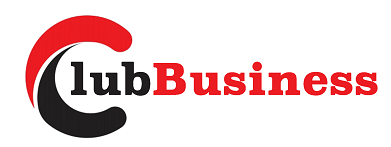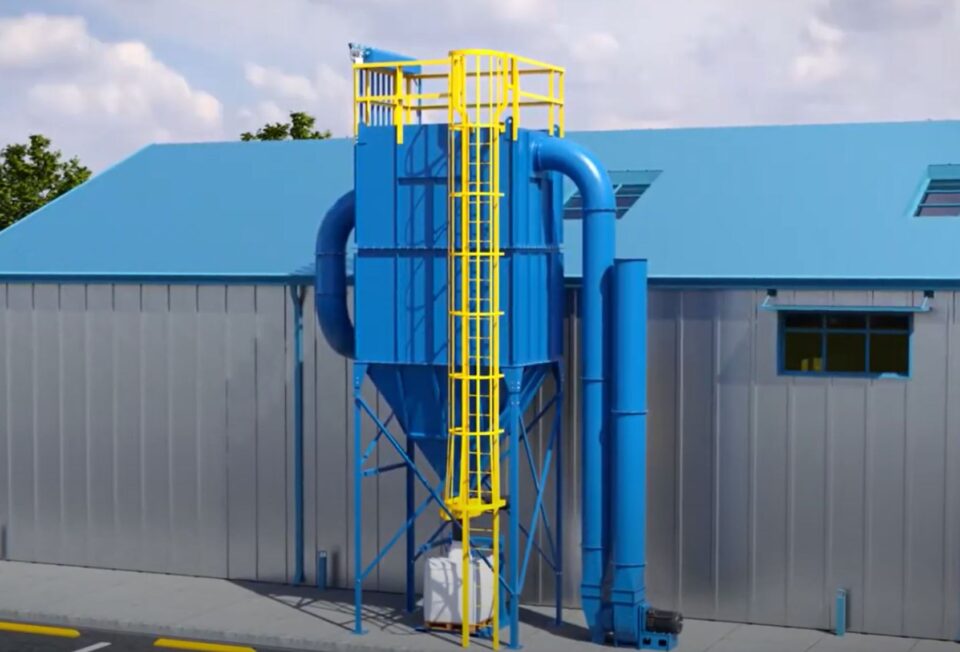Dust suppression systems keep dust from getting into the air. Dust can be exceedingly hazardous depending on the industry, as dust particles have been known to seriously harm employees’ health. For the construction industry, ample dust suppression leads to improved productivity of both the employees and the machines used. Standard dust masks are insufficient to block these minute particles, thus additional strategies with efficient suppression systems are required. Today, you can choose between two types of BossTek dust control systems, namely, wet suppression systems and dry suppression systems. Below, we’ve discussed the different systems you can choose from.
Wet Dust Suppression Systems
There are various types of wet suppression systems such as;
Misting system
Dust generated by materials handling or industrial processes is suppressed using high-pressure misting systems. It can collect and suppress tiny particles by producing a high concentration of ultra-thin water droplets with an average diameter of 10 microns. The attraction and control of PM 10 and smaller dust particles are best achieved with this water droplet size. The device can suppress breathable and fugitive dust from.1 to 1000 microns with no/very little probability of escape.
Fog cannon dust suppression systems
Fog cannon systems are high-powered fans or jets sprayed with dust suppressants to bind dust particles. The atomized water mist created has a small particle size range. The Fog collects airborne dust particles on the ground and dampens the surface, preventing fugitive dust particles from escaping. Fog cannon machines can spray dust particles in the areas of concern, decomposing and desalting the particle concentration in the air and fast forcing down harmful particles and dust floating in the air.
Liquid polymers
Watering is the most common method of lowering airborne dust emissions by soaking the dust source’s surface to agglomerate dust particles and reduce dust emissions. A key disadvantage is its short-term effectiveness due to rapid water evaporation. A more effective method is to use liquid polymers as water additives to keep dust sources wet longer. Compared to conventional water treatment, the liquid polymers retain moisture around the dust sources after the water evaporates, reducing fine particle emissions and offering prolonged effectiveness.
Surfactants
The use of surfactants is a complex process. Since most hydrophobic materials repel water when wet, surfactants are used to reduce the repulsion. The surfactant decreases the surface tension of the water to a level closer to that of the material being treated, allowing water to be absorbed on the surface. Surfactants also reduce the amount of water required to keep dust at bay. Based on contact angles and spreading coefficients, different surfactant molecules interact with water differently, resulting in optimal wetting and adhesion.
Dry dust suppression systems
Dry Fog imparts weight to dust particles without adding moisture, allowing airborne particles to fall back into the process with little or no product wetness. The ultrasonic nozzle design is less prone to clogging than standard spray nozzles, making dry dust suppression systems low maintenance. Furthermore, these systems recycle usable materials back into the manufacturing process.
Choose a dust suppression system that swiftly and effectively removes dust from the worksite. This ensures your workers’ health is protected while enhancing production efficiency. You can provide a safe working environment that promotes productivity with the right system.

